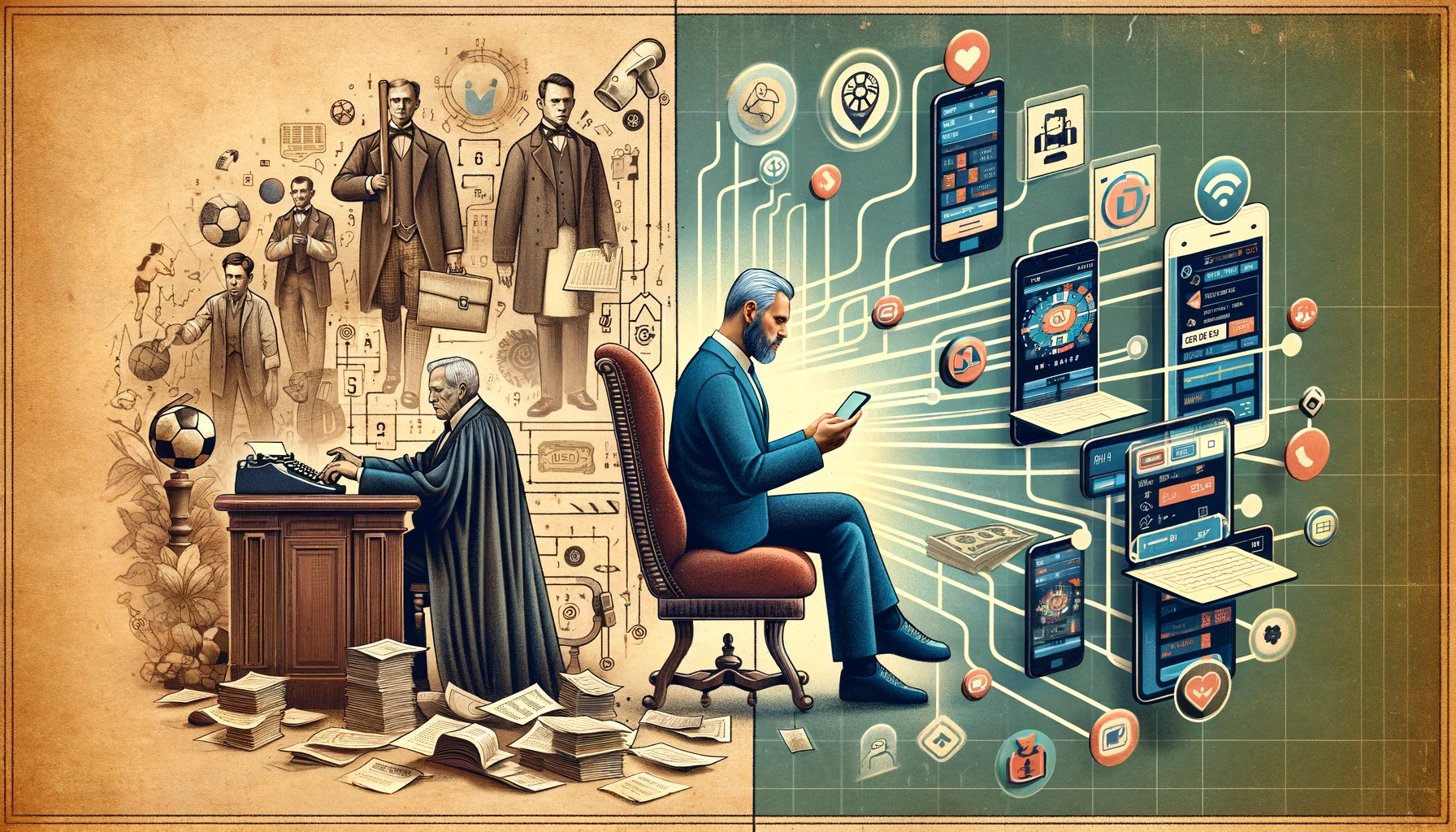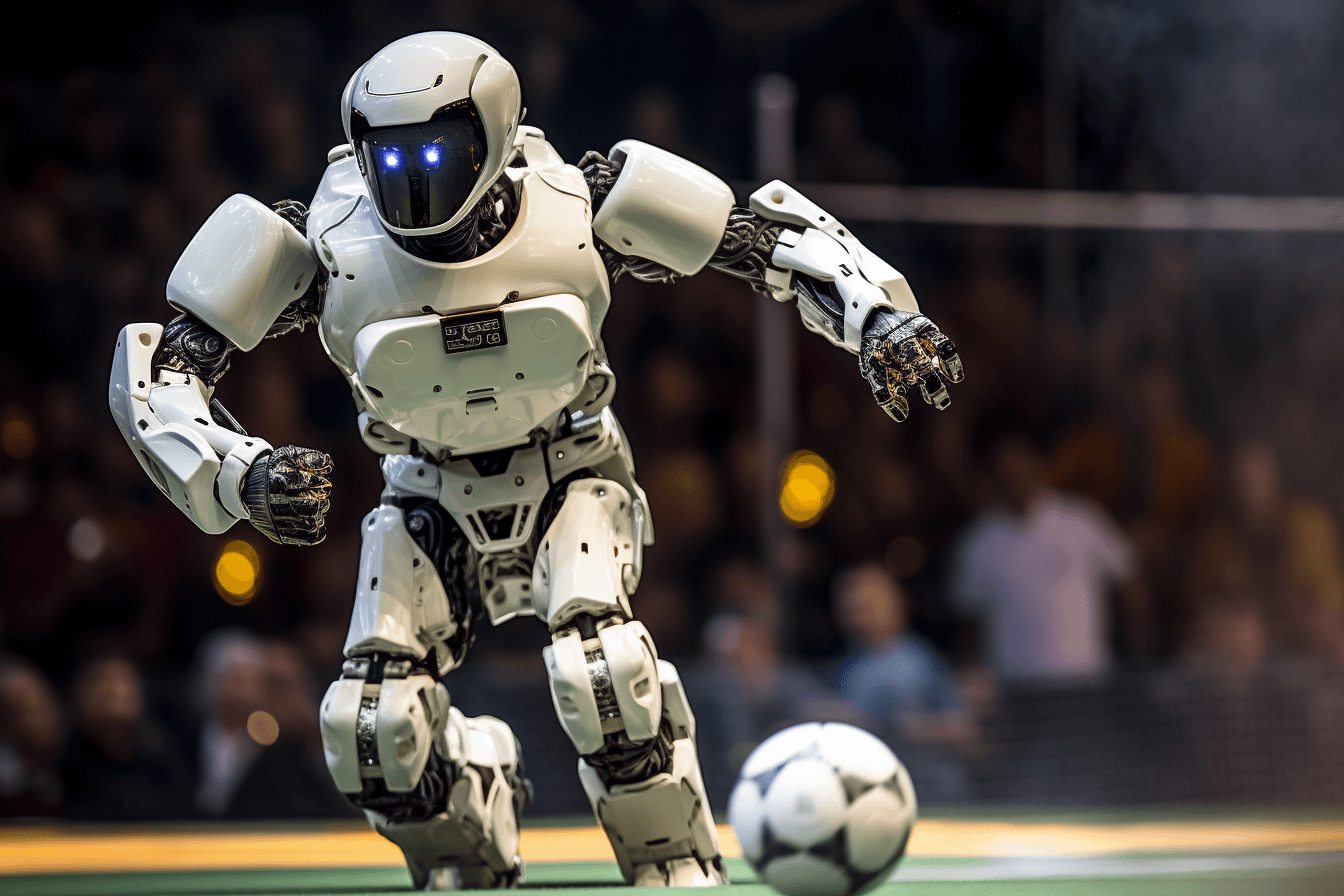Virtual reality (VR) technology has revolutionized the way athletes train and develop their skills. With the ability to create immersive environments, VR has become an essential tool for athletic training and cognitive development. In this blog post, we will explore the benefits of using virtual reality in sports training and how it is shaping the next generation of athletes.
One of the most significant advantages of using VR in sports training is the ability to create immersive environments that simulate real-life scenarios. Athletes can train in a safe and controlled environment, allowing them to practice and develop their skills without the risk of injury. For example, a basketball player can practice shooting free throws in a virtual arena, with the crowd noise and pressure of a real game. This type of training can help athletes build confidence and improve their performance under pressure.
Another benefit of using VR in sports training is the ability to develop specific skills. VR technology can create scenarios that focus on specific skills, such as reaction time, decision-making, and spatial awareness. For example, a football player can practice reading defenses and making split-second decisions in a virtual game. This type of training can help athletes improve their cognitive abilities and make better decisions on the field.
Cognitive training is another area where VR technology is making a significant impact in sports training. VR can create scenarios that challenge an athlete’s cognitive abilities, such as memory, attention, and problem-solving. For example, a soccer player can practice recognizing patterns and making quick decisions in a virtual game. This type of training can help athletes improve their cognitive abilities and enhance their overall performance.
In conclusion, virtual reality technology is transforming the way athletes train and develop their skills. With the ability to create immersive environments, focus on specific skills, and challenge cognitive abilities, VR is shaping the next generation of athletes. As technology continues to advance, we can expect to see even more innovative uses of VR in sports training.
Benefits of Virtual Reality Training
Virtual reality (VR) technology has revolutionized the way athletes train and develop their skills. With the use of immersive environments, VR has become an essential tool for athletic training, providing a unique and effective way to improve performance.
One of the main benefits of VR training is the ability to simulate real-life scenarios. Athletes can practice in a safe and controlled environment, allowing them to develop their skills without the risk of injury. This is particularly useful for contact sports such as football or hockey, where players need to learn how to react quickly and make split-second decisions.
Another advantage of VR training is the ability to customize the experience to the athlete’s needs. Coaches can create specific scenarios that target the athlete’s weaknesses, allowing them to focus on improving their skills in a targeted and efficient way. This personalized approach to training can lead to faster and more effective skill development.
Cognitive training is another area where VR technology has shown promise. By immersing athletes in a virtual environment, they can improve their decision-making skills and reaction times. This type of training can be particularly useful for sports that require quick thinking and strategic planning, such as basketball or soccer.
Overall, the benefits of VR training in sports are clear. From skill development to cognitive training, this technology has the potential to revolutionize the way athletes train and prepare for competition. As VR technology continues to evolve, we can expect to see even more innovative uses for this technology in the world of sports.
Immersive Environments
Virtual reality technology has revolutionized the way athletes train and develop their skills. With the use of immersive environments, virtual reality has become an essential tool for athletic training and cognitive development.
Athletic training is all about developing the skills necessary to excel in a particular sport. Virtual reality technology provides athletes with a unique opportunity to train in a simulated environment that mimics real-life scenarios. This allows athletes to practice their skills in a safe and controlled environment, without the risk of injury.
Immersive environments are a key feature of virtual reality technology. These environments are designed to fully immerse the athlete in a simulated world, providing a realistic and engaging experience. This level of immersion allows athletes to fully focus on their training, without distractions from the outside world.
Skill development is another area where virtual reality technology excels. By providing athletes with a simulated environment, coaches can create specific scenarios that target the development of particular skills. For example, a basketball coach can create a virtual environment that focuses on shooting, allowing the athlete to practice their technique and improve their accuracy.
Cognitive training is also an important aspect of athletic development. Virtual reality technology can be used to train athletes to make quick decisions and react to changing situations. By creating scenarios that require split-second decision making, athletes can improve their cognitive abilities and become more effective on the field or court.
In conclusion, virtual reality technology has become an essential tool for athletic training and development. With its immersive environments, skill development capabilities, and cognitive training features, virtual reality is helping to train the next generation of athletes. As the technology continues to evolve, we can expect to see even more innovative uses of virtual reality in sports training.
Skill Development
Virtual reality (VR) technology has revolutionized the way athletes train and develop their skills. With the help of immersive environments, athletic training has become more effective and efficient than ever before. VR technology has opened up new avenues for cognitive training, which is essential for athletes to improve their decision-making abilities and reaction times.
Athletic training has always been a crucial aspect of sports, and VR technology has made it more accessible and engaging. With the help of VR, athletes can train in a simulated environment that replicates real-life scenarios. This allows them to practice their skills in a safe and controlled environment, without the risk of injury. VR technology also allows athletes to train in different environments, such as different weather conditions or terrains, which can help them prepare for different situations.
Immersive environments created by VR technology can also help athletes develop their cognitive skills. Cognitive training is essential for athletes to improve their decision-making abilities and reaction times. VR technology can simulate different scenarios that require quick decision-making, which can help athletes improve their cognitive skills. This type of training can be particularly useful for sports that require split-second decisions, such as basketball or football.
Skill development is another area where VR technology has made a significant impact. With the help of VR, athletes can practice their skills repeatedly, which can help them improve their muscle memory. This type of training can be particularly useful for sports that require precise movements, such as golf or tennis. VR technology can also provide athletes with real-time feedback, which can help them identify areas where they need to improve.
In conclusion, VR technology has revolutionized athletic training by providing athletes with immersive environments, cognitive training, and skill development opportunities. With the help of VR, athletes can train in a safe and controlled environment, improve their decision-making abilities, and develop their skills. As VR technology continues to evolve, it is likely that it will become an even more integral part of athletic training for the next generation of athletes.
Cognitive Training
Virtual reality technology has revolutionized the way athletes train and develop their skills. With the use of immersive environments, virtual reality has become an essential tool for athletic training, providing athletes with a unique and effective way to improve their performance.
One of the most significant benefits of virtual reality in sports is its ability to provide athletes with a safe and controlled environment to practice their skills. This technology allows athletes to simulate game-like situations, which can help them develop their skills and improve their decision-making abilities. By using virtual reality, athletes can train in a way that is both safe and effective, without the risk of injury or fatigue.
Another advantage of virtual reality in sports is its ability to provide cognitive training. This type of training focuses on improving an athlete’s mental abilities, such as reaction time, decision-making, and spatial awareness. By using virtual reality, athletes can train their brains to react quickly and make better decisions in high-pressure situations.
Virtual reality technology also allows athletes to train in a more personalized and customized way. Coaches can create specific training programs for each athlete, based on their individual needs and weaknesses. This personalized approach can help athletes improve their skills more quickly and efficiently.
In conclusion, virtual reality technology has become an essential tool for athletic training, providing athletes with a safe and effective way to improve their performance. With its ability to create immersive environments, provide cognitive training, and offer personalized training programs, virtual reality is the future of sports training.
Examples of VR Training Programs
Virtual reality (VR) technology has revolutionized the way athletes train and develop their skills. With the help of immersive environments, athletes can now experience realistic scenarios that mimic real-life situations, allowing them to hone their skills and improve their performance. In this blog post, we will explore some of the most popular VR training programs used in sports today.
Athletic training is one of the most popular applications of VR technology. With the help of VR headsets, athletes can experience a simulated environment that mimics the real world. For example, a basketball player can practice shooting free throws in a virtual gym, while a football player can practice throwing passes in a virtual stadium. These immersive environments allow athletes to train in a safe and controlled environment, without the risk of injury.
Skill development is another area where VR technology is making a significant impact. With the help of VR simulations, athletes can practice and develop their skills in a variety of sports. For example, a golfer can practice their swing in a virtual golf course, while a tennis player can practice their serve in a virtual tennis court. These simulations allow athletes to focus on specific aspects of their game and improve their skills in a controlled environment.
Cognitive training is another area where VR technology is being used in sports. With the help of VR simulations, athletes can improve their cognitive skills, such as decision-making, reaction time, and spatial awareness. For example, a soccer player can practice their decision-making skills in a virtual game, while a basketball player can practice their reaction time in a virtual drill. These simulations allow athletes to improve their cognitive skills in a safe and controlled environment.
In conclusion, VR technology is transforming the way athletes train and develop their skills. With the help of immersive environments, athletes can experience realistic scenarios that mimic real-life situations, allowing them to hone their skills and improve their performance. Whether it’s athletic training, skill development, or cognitive training, VR technology is helping athletes prepare for the next generation of sports.
Limitations
Virtual reality (VR) technology has been making waves in the world of sports training, offering athletes a new way to develop their skills and improve their performance. With the ability to create immersive environments that simulate real-world scenarios, VR has the potential to revolutionize the way athletes train and prepare for competition.
One of the key benefits of VR in athletic training is the ability to create highly realistic simulations of game situations. This allows athletes to practice their skills in a safe and controlled environment, without the risk of injury or other negative consequences. For example, a basketball player can practice shooting free throws in a virtual arena, with realistic crowd noise and distractions, to improve their accuracy and concentration.
Another advantage of VR is its ability to provide cognitive training, helping athletes to develop their mental skills as well as their physical abilities. By creating immersive environments that challenge athletes to make quick decisions and react to changing situations, VR can help to improve their reaction times, decision-making skills, and overall cognitive performance.
Despite these benefits, there are also limitations to the use of VR in sports training. One of the main challenges is the cost of the technology, which can be prohibitively expensive for many teams and athletes. Additionally, there is a learning curve associated with using VR, and athletes may need to spend time adjusting to the technology before they can fully benefit from it.
Another limitation is the lack of physical feedback that VR provides. While athletes can practice their movements and techniques in a virtual environment, they may not be able to replicate the same level of physical exertion and strain that they would experience in a real game or training session. This means that VR may be best used as a supplement to traditional training methods, rather than a replacement for them.
Overall, virtual reality has the potential to be a game-changer in the world of sports training, offering athletes a new way to develop their skills and improve their performance. While there are limitations to its use, the benefits of VR in athletic training are clear, and it is likely that we will see more and more teams and athletes incorporating this technology into their training regimens in the years to come.
Virtual reality technology has revolutionized the way athletes train and develop their skills. With the use of immersive environments, athletes can now experience realistic scenarios that mimic real-life situations, allowing them to hone their skills and improve their performance.
Athletic training has always been a crucial aspect of sports, and virtual reality has taken it to the next level. With the ability to simulate game-like situations, athletes can now train in a safe and controlled environment, without the risk of injury. This technology has also allowed coaches to analyze and evaluate their players’ performance in real-time, providing them with valuable insights that can help them improve their game.
Virtual reality technology has also been used for cognitive training, which is essential for athletes to develop their mental toughness and focus. By immersing athletes in challenging scenarios, they can learn to stay calm under pressure and make quick decisions, which are crucial skills in sports.
Overall, virtual reality technology has opened up new possibilities for athletic training and skill development. As the technology continues to evolve, we can expect to see even more innovative ways to use virtual reality in sports. From improving performance to enhancing cognitive abilities, virtual reality is the future of sports training.






